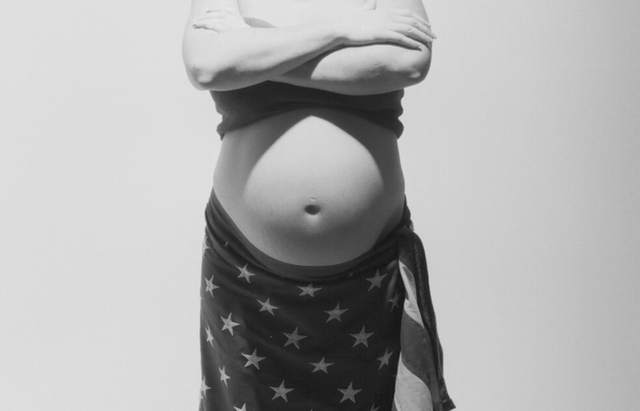Science, Reason Must Inform Late-Term Abortion Ban Vote: Incendiary Anti-Choice Rhetoric And Junk Science Have No Place In Public Policy
Incendiary Anti-Choice Rhetoric And Junk Science Have No Place In Public Policy


Val Hollingsworth




